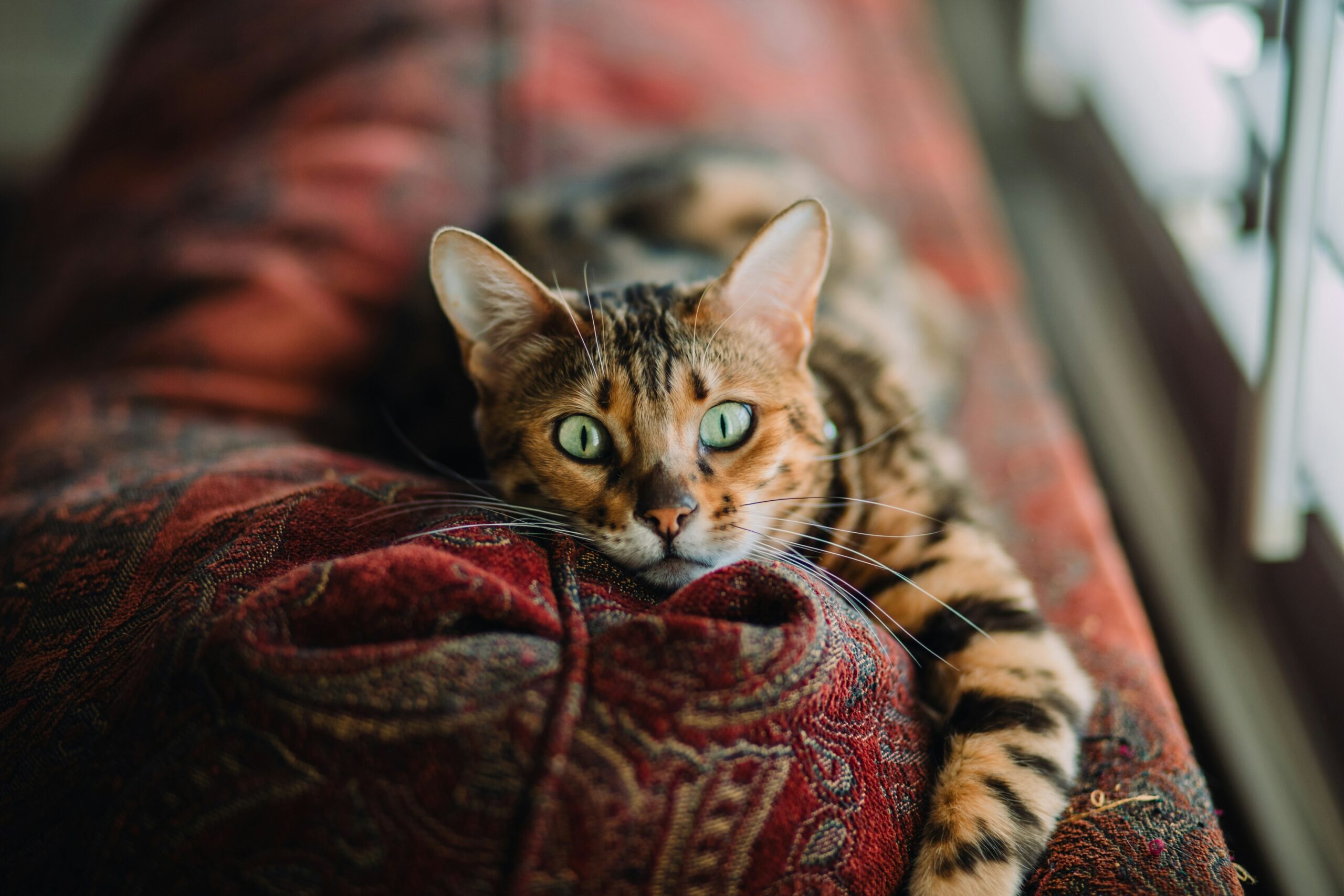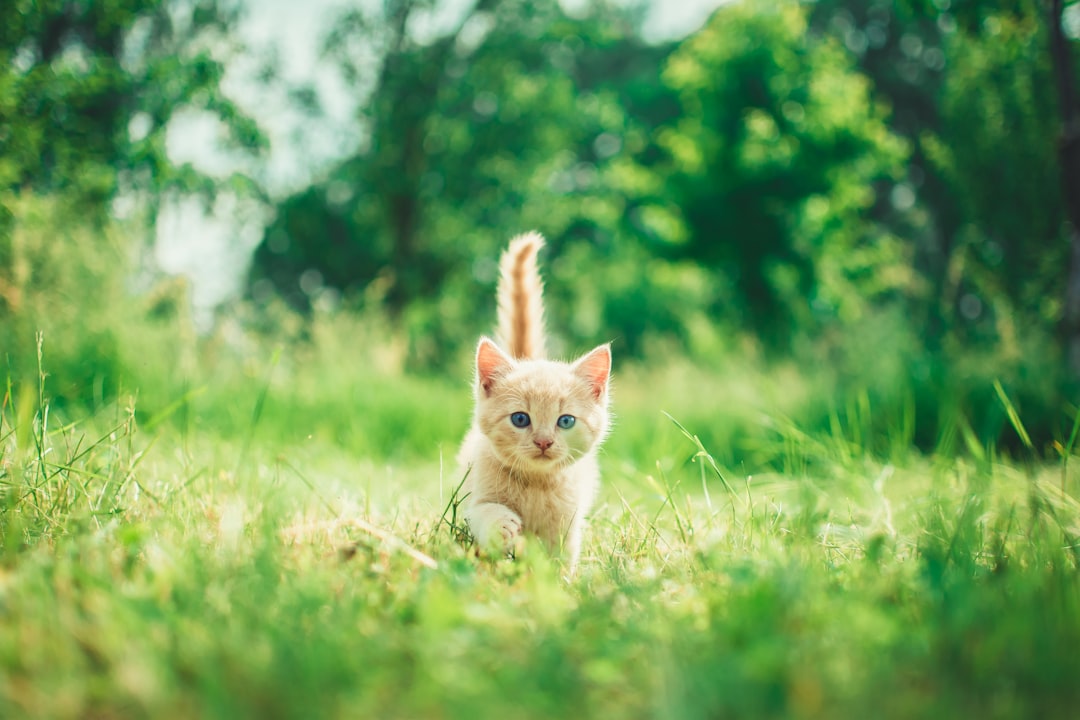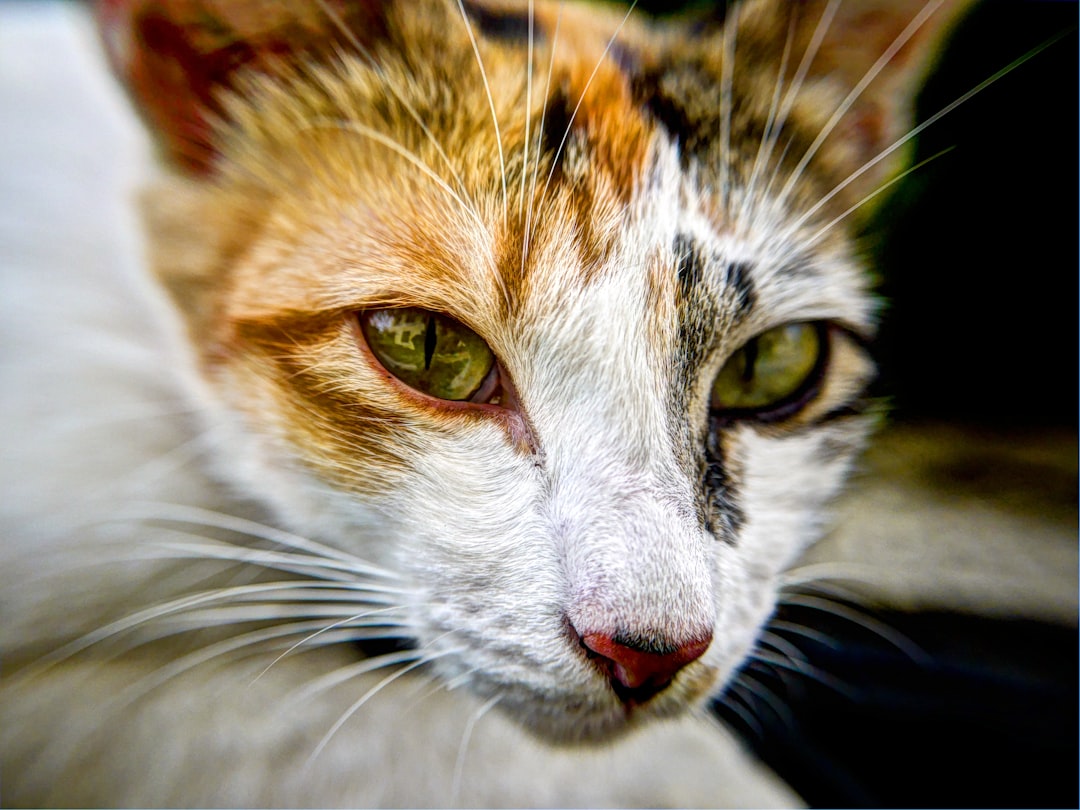Observing blood in cat urine can be alarming for any pet owner. This condition, known as hematuria, often signifies underlying health issues that require prompt attention. By recognizing the symptoms and understanding the common causes, you can take essential steps toward your cat’s well-being. Early detection plays a crucial role in preventing complications, and knowing when to consult a veterinarian can make all the difference. In this article, we will explore the symptoms, diagnostic procedures, and treatment options for addressing blood in cat urine, ensuring your furry friend remains healthy and thriving.
Common Causes of Blood in Cat Urine
Experiencing blood in cat urine can be alarming for any cat owner. It’s essential to recognize some of the common causes behind this symptom to ensure prompt care. Here are several potential culprits:
Urinary Tract Infections (UTIs): Bacterial infections can irritate the bladder, leading to inflammation and blood in the urine.
Bladder Stones: These hard formations can cause pain and bleeding when they irritate the walls of the urinary tract.
Trauma: Any injury or impact to the cat’s abdomen may result in bleeding within the urinary system.
Tumors: Growths in the bladder or urinary tract can lead to bleeding, often requiring medical intervention.
Parasites: Certain parasites may invade the urinary system, leading to irritation and blood.
To summarize, various factors can contribute to blood in cat urine, from infections to injuries. If you notice this symptom, it’s crucial to consult a veterinarian promptly for accurate diagnosis and treatment. Early detection can significantly impact recovery and health outcomes for your feline friend.
Symptoms Associated with Hematuria
When observing blood in cat urine, it is vital to recognize associated symptoms that can signify underlying health issues. Some common indicators include:
- Frequent Urination: Cats may attempt to urinate more often, but produce only small amounts.
- Straining to Urinate: Noticeable discomfort or difficulty when attempting to urinate is a concerning sign.
- Changes in Urine Color: While the presence of blood is one change, urine may also appear darker or cloudy.
- Licking of the Genital Area: Increased grooming in the genital region can indicate irritation or pain.
- Behavioral Changes: Cats may show signs of distress, such as hiding, vocalizing more than usual, or displaying aggression.
Early identification of these symptoms can lead to timely veterinary care. Remember, if you notice blood in cat urine, accompanying signs can provide critical information for your vet. Thus, monitoring your pet closely can help prevent serious complications. Always consult with a veterinarian if you observe any of these symptoms. Your cat’s health depends on it!
The Importance of Early Detection
Early detection of blood in cat urine is crucial for several reasons:
Preventing Serious Conditions: Hematuria can indicate underlying health issues such as urinary tract infections, kidney stones, or even tumors. Identifying these conditions early can significantly enhance treatment success and recovery rates.
Improving Treatment Options: The sooner you notice blood in cat urine, the faster your veterinarian can diagnose and initiate appropriate treatment. This can include medication, dietary changes, or surgical interventions as needed.
Monitoring Symptoms: Early detection allows for better tracking of symptoms, making it easier to assess the effectiveness of treatments. An observation checklist can include:
- Frequency of urination
- Color changes in urine
- Changes in behavior (e.g., straining to urinate, signs of pain)
Reducing Stress for Your Cat: Prompt action can mitigate the discomfort and stress your cat experiences. Timely interventions often result in shorter treatment durations and a quicker return to normalcy.
In summary, when you notice blood in cat urine, act quickly. Early detection not only enhances health outcomes but also fosters better well-being for your furry friend.
Diagnostic Procedures for Identifying Issues
Identifying the underlying cause of blood in cat urine requires a series of diagnostic procedures. These help veterinarians pinpoint the issue accurately. Here are the common diagnostic methods:
Physical Examination
The vet will begin with a comprehensive physical exam to check overall health and identify any immediate concerns.Urinalysis
This crucial test analyzes urine for:- Blood cells
- Crystals
- Bacteria
- pH levels
Any abnormalities can indicate potential issues.
Blood Tests
Blood work can reveal kidney function and assess for infections, ensuring a broader view of your cat’s health.Ultrasound or X-rays
Imaging techniques help visualize the urinary tract and identify stones, tumors, or structural anomalies.Cystoscopy
In some cases, your vet may perform a cystoscopy. This allows them to directly examine the bladder and urethra for abnormalities.
By utilizing these diagnostic procedures, you’ll gain valuable insight into the cause of blood in cat urine, facilitating effective treatment and improving your cat’s health. Remember, early detection is key!
Treatment Options for Blood in Cat Urine
When dealing with blood in cat urine, prompt treatment is essential to address the underlying issue effectively. The treatment options can vary based on the cause of hematuria. Here are some commonly recommended approaches:
Medications:
- Antibiotics: Effective if the cause is a urinary tract infection (UTI).
- Anti-inflammatories: Help reduce inflammation in the urinary tract.
Surgical Intervention:
- Required in severe cases, such as bladder stones or tumors.
- Procedures may involve removing obstructive stones or masses.
Dietary Changes:
- Specific prescription diets can help dissolve crystals and improve urinary health.
- Ensuring a balanced diet with adequate moisture can prevent recurrence.
Hydration Therapy:
- Increase water intake through wet food or additional water sources.
- Proper hydration can facilitate urinary tract flushing.
Ongoing Monitoring:
- Schedule follow-up visits to track the cat’s recovery and adjust treatment as needed.
It’s crucial to consult a veterinarian for tailored treatment if you notice blood in cat urine. Early detection and intervention are critical in ensuring your feline friend’s swift recovery.
When to Consult a Veterinarian
Noticing blood in cat urine can be alarming, and knowing when to seek veterinary help is essential for your cat’s well-being. Here are key indicators that you should not ignore:
- Visible Blood: If you see blood in your cat’s urine, don’t wait. This symptom requires immediate attention.
- Frequent Urination: If your cat is urinating more often than usual or straining to urinate, consult your veterinarian.
- Lethargy: A noticeable decrease in your cat’s energy levels can indicate an underlying health issue.
- Loss of Appetite: If your cat isn’t eating or drinking as normal, it’s time to get professional help.
- Foul-Smelling Urine: An unusual odor in your cat’s urine can signal infection or other serious conditions.
Prompt action can significantly impact treatment outcomes. Remember, blood in cat urine is not something to take lightly, so if you notice any of these symptoms in your cat, reach out to a veterinarian immediately. Your feline friend’s health and comfort depend on your vigilance!
Home Care Tips for Affected Cats
Caring for a cat with blood in cat urine requires both diligence and compassion. By implementing effective home care strategies, you can help your feline friend feel more comfortable. Here are some essential tips:
Maintain Hydration: Ensure your cat has access to fresh, clean water at all times. Hydration helps dilute the urine, potentially reducing further irritation.
Monitor Behavior: Keep a close eye on your cat’s urinary habits. Note any changes, such as increased frequency, straining, or reluctance to use the litter box.
Comfortable Environment: Create a stress-free zone for your cat. Provide cozy resting places and avoid loud noises to minimize anxiety.
Dietary Adjustments: Consult your veterinarian about special diets that promote urinary health. Foods rich in moisture can be beneficial.
Litter Box Maintenance: Regularly clean the litter box to encourage your cat to use it. Cats may avoid a dirty box, which can exacerbate urinary issues.
Observe for Symptoms: Watch for any new signs (vomiting, lethargy) that may indicate worsening conditions related to blood in cat urine.
By following these home care tips, you can help support your cat’s recovery while providing a nurturing environment.
Preventive Measures to Avoid Recurrence
Preventing blood in cat urine requires a proactive approach that addresses both dietary and lifestyle factors. Here are effective strategies to help ensure your cat remains healthy and free from urinary issues:
Hydration: Make sure your cat drinks plenty of water. Consider:
- Water fountains: Many cats prefer running water.
- Wet food: Incorporate moisture-rich canned food into their diet.
Diet: Feed a balanced diet specifically designed for urinary health. Look for:
- High-quality protein sources.
- Low magnesium levels to reduce crystallization risks.
Regular Vet Visits: Schedule annual check-ups to monitor urinary health, especially for older cats.
Litter Box Maintenance: Keep the litter box clean:
- Scoop daily to ensure hygiene.
- Provide multiple boxes in multi-cat households.
Stress Reduction: Create a calm environment:
- Provide enrichment activities such as interactive toys.
- Ensure safe hideaways for your cat to retreat when stressed.
By incorporating these preventive measures, you can significantly reduce the chances of experiencing blood in cat urine again, promoting a healthier and happier life for your feline companion.
Dietary Considerations for Urinary Health
When addressing blood in cat urine, diet plays a crucial role in promoting urinary health and preventing issues. Here are some essential dietary considerations:
Hydration is Key:
- Ensure your cat has constant access to fresh water.
- Consider wet cat food, which helps increase fluid intake.
Balanced Nutrition:
- Opt for high-quality commercial cat food, designed to maintain urinary tract health.
- Avoid excessive protein or mineral content, particularly phosphorous and magnesium, which can contribute to crystal formation.
Incorporate Urinary Health Formulas:
- Many brands offer specialized diets formulated specifically for cats with urinary issues. These can help dissolve crystals and decrease the acidity of urine.
Maintain a Healthy Weight:
- Obesity can contribute to urinary problems. Monitor your cat’s diet and ensure a balanced caloric intake.
Periodic Food Review:
- Regularly assess the effectiveness of the chosen diet with your veterinarian, especially if you’ve previously noticed blood in cat urine.
By following these dietary guidelines, you can significantly enhance your cat’s urinary health and minimize the risk of future incidents involving blood in cat urine.
Understanding Recovery and Follow-Up Care
Recovering from episodes of blood in cat urine requires a structured approach to ensure your feline friend returns to optimal health. Follow these essential steps for effective recovery and monitoring:
Regular Vet Check-ups: Schedule follow-up visits based on your veterinarian’s recommendations. These allow for monitoring of your cat’s urinary health and the effectiveness of any treatments.
Medication Adherence: If your vet prescribes medication, ensure you administer it as directed. This aids in managing symptoms and preventing further issues related to blood in cat urine.
Monitoring Symptoms: Keep a close eye on your cat’s behavior and litter box habits. Note any changes, such as increased frequency of urination or continued presence of blood, and report these to your vet.
Hydration: Ensure your cat has access to fresh water at all times. Proper hydration is crucial for flushing out the urinary system and promoting healing.
Diet Management: Consult with your vet regarding dietary changes that may support urinary health. A well-balanced diet can significantly impact recovery.
By adhering to these guidelines, you not only aid your cat in recovering from blood in cat urine but also help prevent future incidents.



